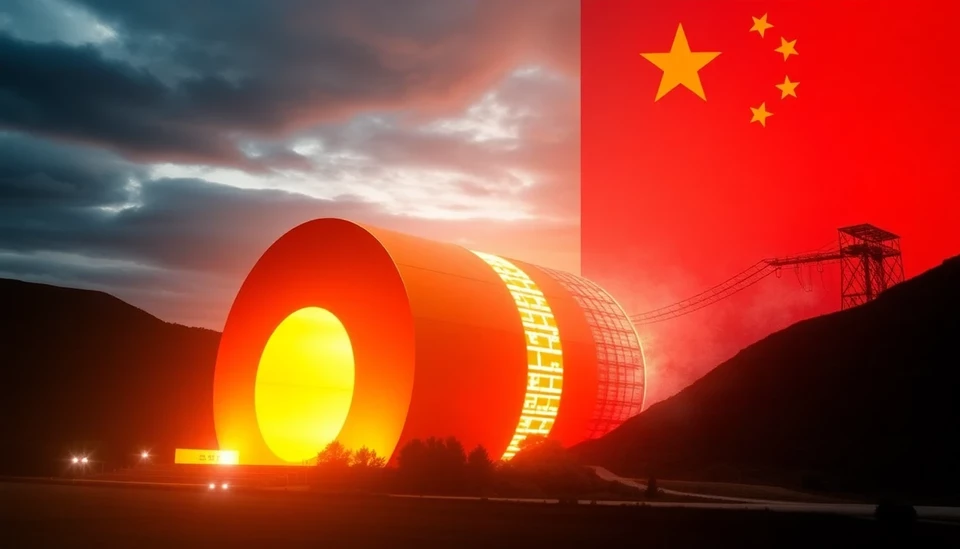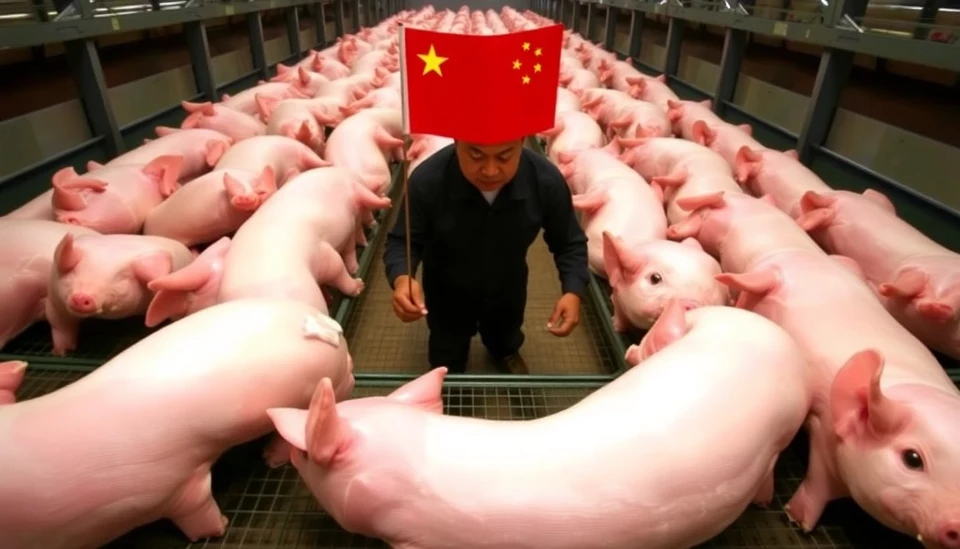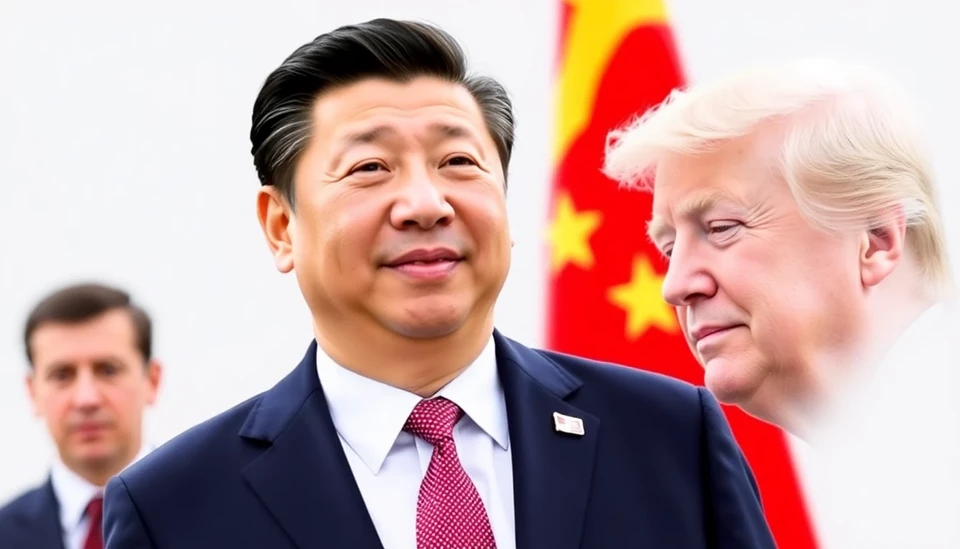
China is positioning itself at the forefront of nuclear fusion research, with optimistic projections suggesting that it could harness the power of nuclear fusion for practical energy production by the year 2050. This bold assertion underscores the country's ongoing commitment to advancing its energy technologies and reducing its carbon footprint in the battle against climate change.
Recent advancements in nuclear fusion research have sparked renewed interest globally, as nations explore cleaner, virtually limitless sources of energy. China, with its high-profile projects and significant investments in scientific endeavors, is rapidly emerging as a leader in this groundbreaking field. The Chinese government's active role in promoting fusion research aligns with its broader energy policies aimed at transitioning from fossil fuels to more sustainable energy sources.
The approach to nuclear fusion relies on replicating the processes that power the sun, which involves fusing atomic nuclei to release vast amounts of energy—a feat that, if perfected, could potentially revolutionize energy production. Experts believe that achieving this goal necessitates a combination of cutting-edge technology, extensive research, and substantial funding, all of which China is prepared to commit in the coming decades.
China's achievements in nuclear fusion have been highlighted by significant milestones, such as the successful operation of the Experimental Advanced Superconducting Tokamak (EAST), commonly referred to as the "artificial sun." This facility has accomplished remarkable records in maintaining plasma temperature and stability, crucial factors in sustaining nuclear fusion reactions. These developments not only highlight China's technological prowess but also reflect its strategic vision to dominate future energy markets.
The timeline proposed by Chinese researchers sets a clear path toward commercial nuclear fusion, with planned advancements in reactor design and material sciences expected to pave the way for practical applications. However, experts remain cautious, acknowledging the complexities and challenges still ahead, particularly in ensuring the safety and reliability of fusion energy systems.
In addition to the scientific challenges, the successful implementation of nuclear fusion technology will also depend on supportive governmental policies, public acceptance, and international cooperation. As nations worldwide engage in a race for clean energy solutions, China's resolve to reach its 2050 target will be closely monitored by both proponents and skeptics of nuclear fusion.
As we look to the future, the implications of China's ambitions in nuclear fusion extend beyond its borders. Should China successfully achieve practical fusion energy production, the ramifications could impact global energy markets and geopolitical relations. Other countries may be compelled to accelerate their own energy transition strategies in response, leading to a potential paradigm shift in how the world approaches energy generation and consumption.
In summary, China's aggressive pursuit of nuclear fusion as a viable energy source by 2050 exemplifies a significant leap towards sustainable energy solutions. The next few decades will be crucial in determining whether this vision can be transformed into reality, ultimately shaping the clean energy landscape for generations to come.
#China #NuclearFusion #EnergyInnovation #CleanEnergy #SustainableFuture
Author: Victoria Adams




